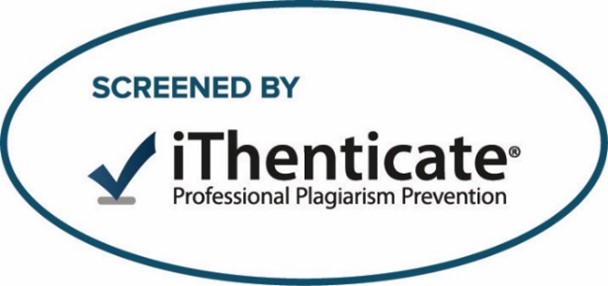Document Type
Original Study
Abstract
Purpose: To evaluate the clinical and radiographic outcomes of mandibular angle fractures (MAF), which were managed with two different computer designed custom made miniplates. Materials and Methods: Eight patients complaining of MAF were included in this study and divided into two equal groups. In group 1, the MAF were fixed with regular design custom made miniplates that were adapted at the superior border of external oblique ridge. Patients in group 2 received custom made miniplates with one straight section adapted to the superior border of external oblique ridge and two lateral extensions adapted to the buccal cortex; proximal and distal to the fracture line. Reduction and fixation were performed through intraoral approach. Preoperative evaluation comprised assessment of subjective pain using a visual analogue scale (VAS), maximal interincisal opening (MIO), occlusal relation, maximal bite-force (MBF), and radiographic measures of fractured segments displacement. Follow up was performed along 6 months to detect changes in the same preoperative parameters. Demographic, clinical, and radiographic data were recorded and analyzed statistically. Results: No statistical significant difference was observed between the two computer designed custom made miniplate designs. Conclusion: Using a traditional and modified design custom-made miniplate, MAF may be appropriately managed. The newly designed miniplate is considered a treatment modality in management of MAF.
Keywords
Custom made miniplate; Patient specific plate; mandibular angle fractures
How to Cite This Article
Ahmed, Aya; Hassan, Susan; Mohamed, Fatma; and El Dakrory, Usama
(2022)
"Comparison between Two Computer Designed Custom Made Miniplates for The Treatment of Mandibular Angle Fractures,"
Al-Azhar Journal of Dentistry: Vol. 9:
Iss.
4, Article 12.
DOI: https://doi.org/10.21608/adjg.2022.104155.1453
Subject Area
Oral Medicine and Surgical Sciences Issue (Oral Medicine, Oral and Maxillofacial Surgery, Oral Pathology, Oral Biology)








